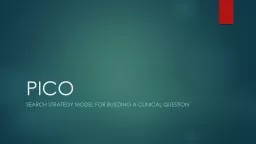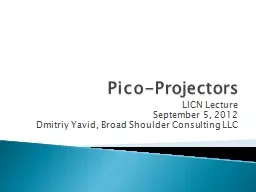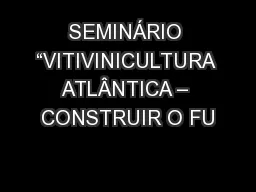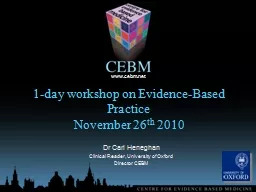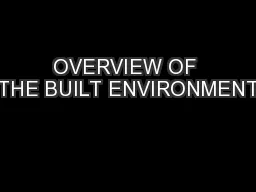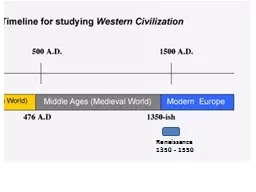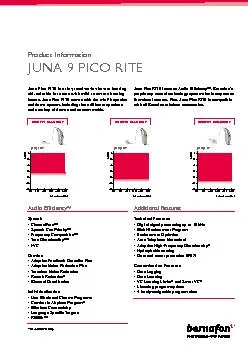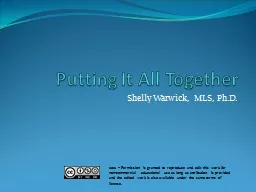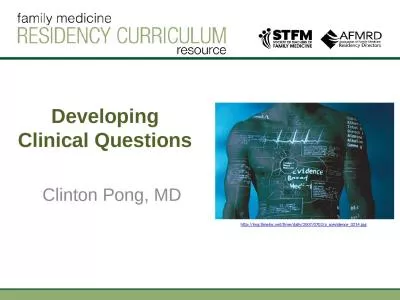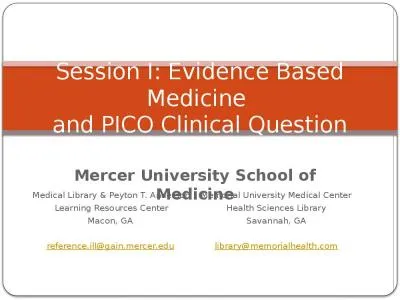PPT-PICO The well built model for developing a clinical question
Author : cheryl-pisano | Published Date : 2018-02-27
There are five steps to providing EvidenceBased Care EBC 1 ASK Develop your answerable clinical question 2 ACQUIRE Efficiently find the best evidence 3 APPRAISE
Presentation Embed Code
Download Presentation
Download Presentation The PPT/PDF document "PICO The well built model for developing..." is the property of its rightful owner. Permission is granted to download and print the materials on this website for personal, non-commercial use only, and to display it on your personal computer provided you do not modify the materials and that you retain all copyright notices contained in the materials. By downloading content from our website, you accept the terms of this agreement.
PICO The well built model for developing a clinical question: Transcript
Download Rules Of Document
"PICO The well built model for developing a clinical question"The content belongs to its owner. You may download and print it for personal use, without modification, and keep all copyright notices. By downloading, you agree to these terms.
Related Documents

